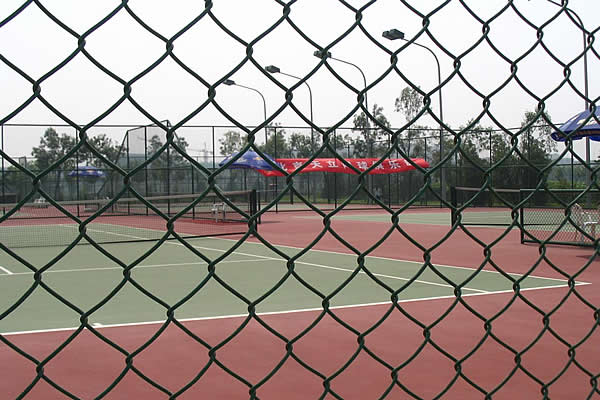 TEL:
+86-13102802206
TEL:
+86-13102802206
 Email:
fencenetting@china.com
Email:
fencenetting@china.com
 Language
Language
 TEL:
+86-13102802206
TEL:
+86-13102802206
 Email:
fencenetting@china.com
Email:
fencenetting@china.com
 Language
Language


Stone Retaining Cages A Practical Solution for Erosion Control and Landscape Aesthetics
In the realm of landscape architecture and civil engineering, the need for effective erosion control and structural integrity is paramount. One innovative method that has gained popularity in recent years is the use of stone retaining cages, commonly referred to as gabions. These wire mesh cages filled with stones serve a dual purpose they provide a robust means of controlling soil and water erosion while also enhancing the aesthetic appeal of various landscapes.
What Are Stone Retaining Cages?
Stone retaining cages are essentially wire baskets or cages that are filled with stones or rocks. These cages are typically made from galvanized steel wire, ensuring durability and resistance to corrosion. The stones used within the cages can vary from small gravel to larger boulders, depending on the requirements of the project. The flexibility in material choice allows for a variety of applications, making gabions suitable for different environments and purposes.
Benefits of Using Stone Retaining Cages
1. Erosion Control One of the primary functions of stone retaining cages is to combat erosion. Water runoff can lead to significant soil displacement, particularly in hilly or urban areas. By installing gabions, engineers can create a barrier that absorbs the impact of rainfall and redirects water flow, minimizing soil loss. The stones within the cages allow water to pass through, reducing pressure and promoting natural drainage, which is crucial for maintaining soil integrity.

2. Structural Integrity Stone retaining cages provide excellent support for vertical slopes and can be used to create terraced landscapes. These structures are particularly effective in areas prone to landslides or where the natural terrain is unstable. The weight of the stones encapsulated within the cages helps anchor the soil, preventing collapse and offering much-needed stability.
3. Environmental Benefits Building with gabions is not only practical but also environmentally friendly. The use of natural stones promotes biodiversity, as these structures can serve as habitats for local flora and fauna. Additionally, stone retaining cages can promote the growth of vegetation. Soil can accumulate in the small voids between the rocks, allowing plants to establish roots. Over time, this vegetation can further stabilize the soil and enhance the landscape’s appearance.
4. Aesthetic Appeal Beyond their functional capabilities, stone retaining cages also contribute to the beauty of a landscape. The natural look of stone can blend harmoniously with the surrounding environment, whether it be in urban settings or rural landscapes. Gabions can be designed to fit various styles, and the stones chosen can range from smooth river stones to rugged field stones, catering to the desired visual effect.
5. Cost-Effectiveness Compared to traditional retaining wall systems, stone retaining cages can be a more cost-effective solution. The materials are relatively inexpensive, and the installation is often simpler and quicker. In many cases, local stones can be sourced, reducing transportation costs and contributing to the sustainability of the project.
Conclusion
In an era where environmental awareness and aesthetic considerations are increasingly important, stone retaining cages offer a practical solution for erosion control and landscape enhancement. Their versatility and durability make them suitable for various applications, from civil engineering projects to residential landscaping. As we continue to seek sustainable solutions for our construction and landscaping needs, gabions stand out as an innovative option that balances functionality and beauty, making them a popular choice for professionals in the field.